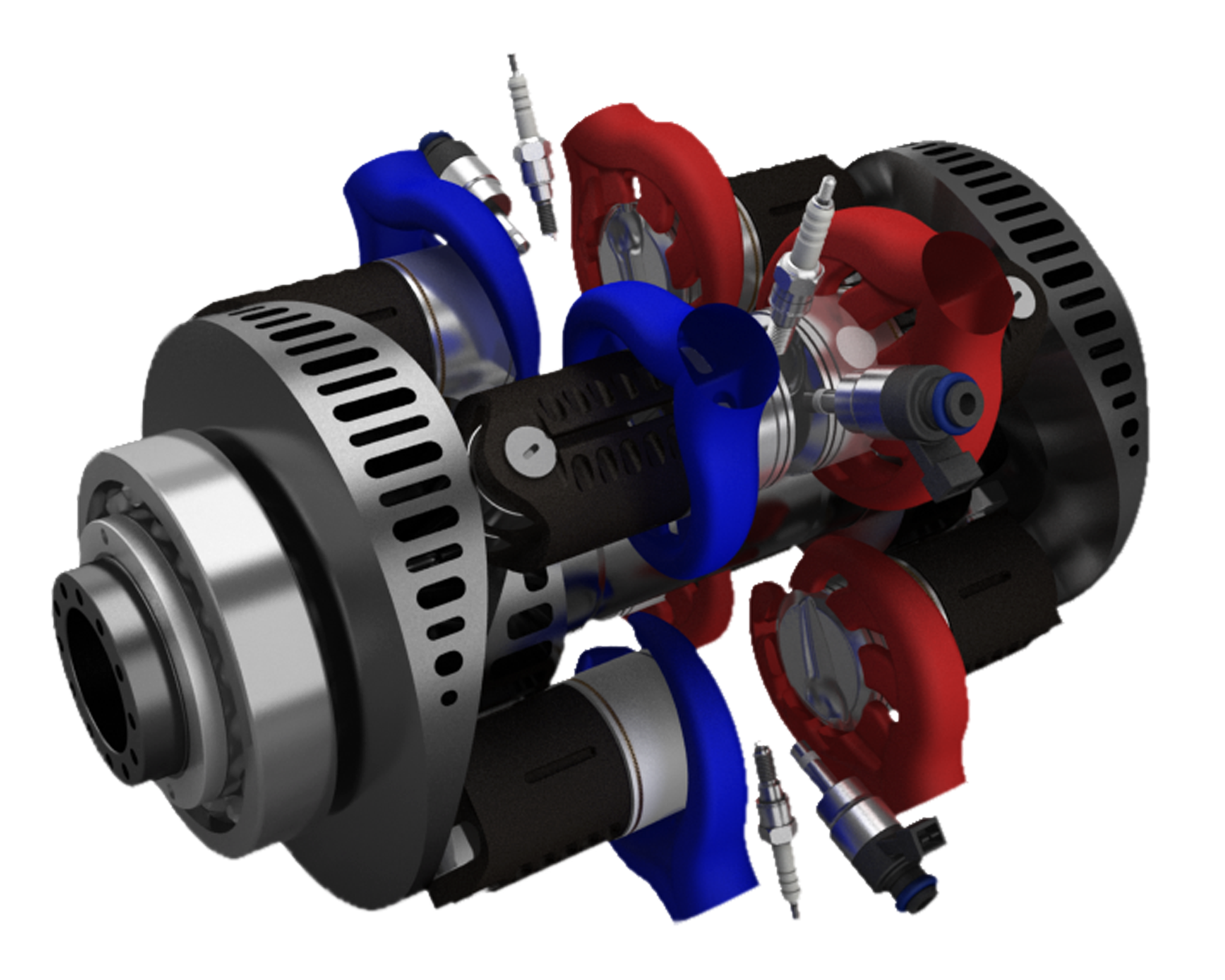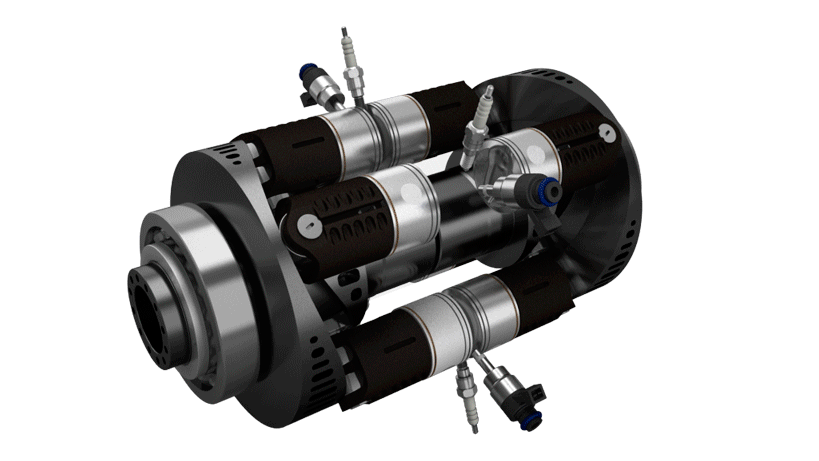By Josh Cosford, Contributing Editor
You may not know this, but I’m a straight-up car fanatic. There are as many car guy tribes as cars, and there are more ways to be into cars without bumper-sticker-level dedication to one brand. Me? I’m a Mazda guy who does the occasional track day, although I lust after Bugattis and Ferraris as much as the next guy. And I secretly hope Paul Heney, VP and Editorial Director of WTWH Media, will realize an automotive publication would perfectly complement the current umbrella brands under his charge (Paul, are you reading this?).
I have a musty collection of car mags dating back to the early ’90s, and I’m always current with new technology. Everything from VTEC to the Free Valve, there has been little to permeate the market without piquing my interest. Vehicle engines are some of the most highly engineered and reliable devices anywhere. With the proliferation of electric vehicles and demonization of fossil fuels, what’s becoming clear is that the internal combustion engine’s days are numbered … or are they?

Just when you thought I’d seen it all and the dino juice engineers had forsaken anything not electron-powered, I came across a mind-blowingly simple and effective technology that has everyone thinking, “Why didn’t I think of that?” I believe once many of you fluid power professionals see this technology, you’ll be considering how you can either adapt this to power your mobile machines or dream up crazy new pumps or motors of your own.
You’ve already figured out this isn’t a hydraulic motor I’m eluding to, although I wouldn’t be writing this article if my imagination weren’t allowing for its future existence. I’m certain you’d been ogling the image of this ingenious concept before you read the first word, so if you haven’t figured out what you’re looking at, let me explain.
This design is from INNengine, a Spanish company which has patented and developed two disruptive engine concepts: the e-REX and the REX-B. Both e-REX and REX-B have INNengine patented 1Stroke engine technology. This means they have 4x more power events per revolution than a conventional 4Stroke and twice more than a 2S. Learn more at their website, innengine.com.

Take two 4-piston axial piston motors, flip them back to back, and conjoin them with a single cylinder block. One combustion chamber shares two pistons in a “boxer” configuration, and the opposed cylinders fire simultaneously to eliminate vibration and harmonics. The spark plug and injectors reside central to the pistons, which both accept responsibility for compression. The intake and exhaust ports use no valves and lead into and out of the combustion chamber, much like a 2-stroke engine. Because combustion events occur every half-revolution, designers have penned this concept the 1-stroke engine.
The design you see here is compact, weighing less than 80 pounds in short block form while producing 120 horsepower from 500 cc. They were initially designed as a range extender for electric vehicles with no direct mechanical connection to the drivetrain. However, if it can power a generator, it could drive a transmission.
Nevertheless, I see the potential for these INNengine motors to drive hydraulic pumps on mobile machinery. The compact and powerful size is perfect for miniature machinery such as skid steer loaders or landscaping machinery. The original design calls for hydrogen fuelling, so the concept bypasses the strict emissions requirements currently responsible for much of the increase in investment cost for mobile machinery.
Perhaps even more intriguing is the variable displacement axial piston motor concept using this technology. Using a control piston, you could position one of the cam plates to reduce effective displacement and tailor the application’s speed and torque. And because a single cylinder block reduces real estate, you achieve more displacement in a smaller package. Do you see a future for the INNengine e-REX motor design in fluid power? Let me know your thoughts.
Filed Under: Components Oil Coolers, Mobile Hydraulic Tips, Pumps & Motors, Trending